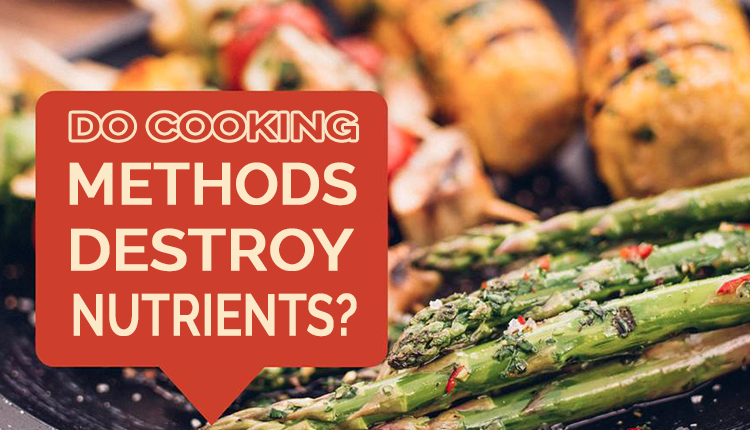
We all strive to eat healthy and nutritious foods. But are we really receiving all those nutrients from the food that we consume? Do cooking methods destroy those nutrients? Well, let’s find out!
Food, consumed after cooking, increases the digestion and absorption of nutrients. Therefore, few nutrients can be lost due to varying cooking temperatures and a longer cooking time. Vegetables and fruits are foods that have abundant nutrients, vitamins and minerals. Since most vegetables are cooked before consumption, let’s talk about a few of them and the cooking processes to retain their essential nutrient level.
Vitamin C, Vitamin E, and Vitamin K are abundant in vegetables. There are several cooking methods; the most common are steaming, blanching, boiling, pressure-cooking and microwaving. Here are few examples of vegetables and how they should be cooked to retain maximum nutrition.
POTATOES
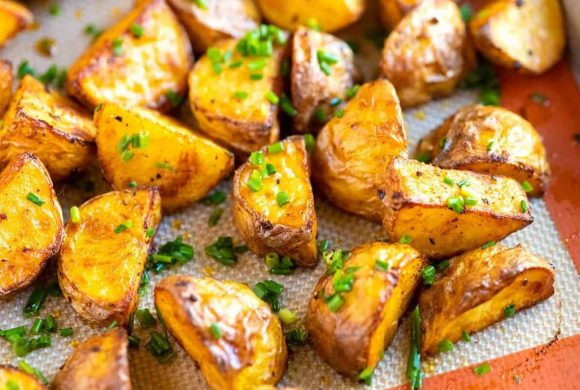
Steaming and microwaving can retain higher concentrations of Vitamin C and Vitamin K in potato and sweet potato, respectively, than boiling because of less contact with water at low temperatures.
GREEN LEAFY VEGETABLE
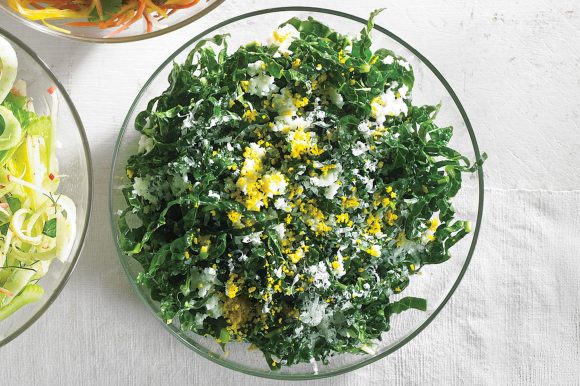
Blanching and steaming green leafy vegetables like spinach, chard can retain higher concentrations of Vitamin K.
CARROTS

For high retention of Vitamin E, carrots are to be steamed or blanched,
BROCCOLI
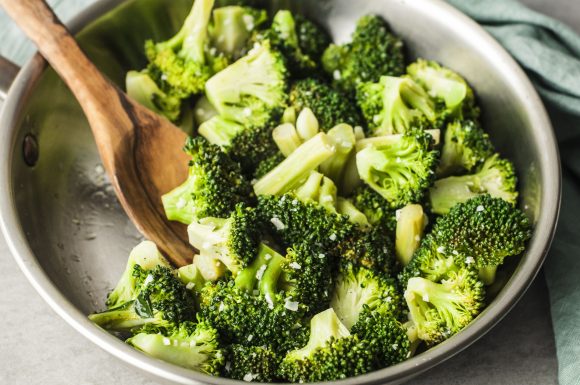
Broccoli can retain the higher status of Vitamin C by microwaving, Vitamin K by steaming, and Vitamin E by blanching or microwaving.
ZUCCHINI
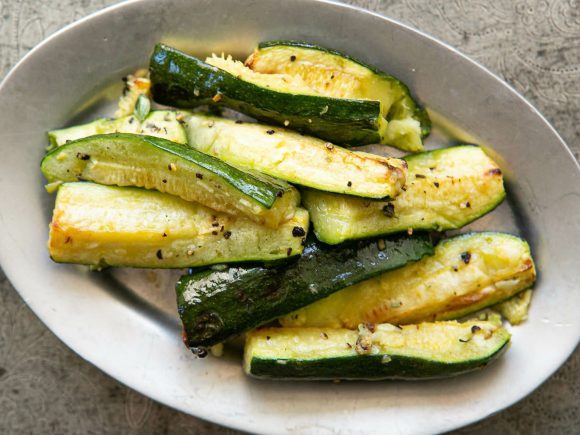
Microwaving and steaming zucchini can retain all of the minerals of Vitamin C, Vitamin E and Vitamin K.
Follow the below timings for each cooking method. (Note: do not cross the time limit)
- Microwaving – 1-4 minutes
- Blanching – 1-5 minutes
- Steaming – 10-20 minutes

